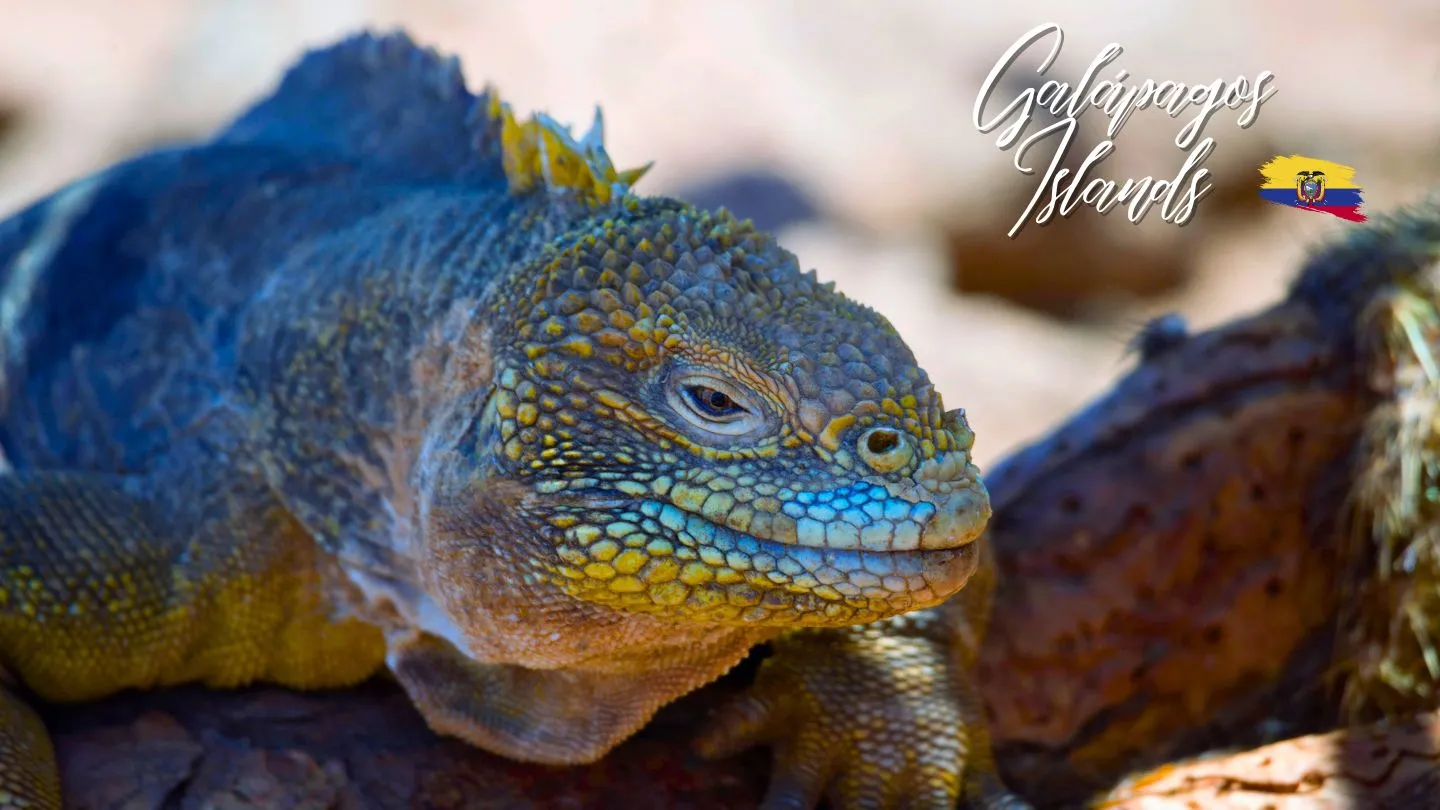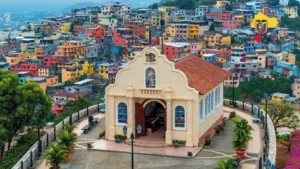UNESCO in Ecuador has several World Heritage Sites that highlight the country’s rich natural and cultural heritage. Please note that new sites may have been added or changes may have occurred since then. Here is a comprehensive list of UNESCO World Heritage Sites in Ecuador, along with brief explanations of their significance:
Galápagos Islands (1978)
The Galápagos Islands, located in the Pacific Ocean, are renowned for their unique biodiversity and the role they played in Charles Darwin’s theory of evolution. The islands are home to diverse species, many of which are found nowhere else on Earth. The site emphasizes the importance of conservation and scientific research.
City of Quito (1978)
Quito, the capital of Ecuador, features a well-preserved historic center with colonial architecture, churches, and plazas. The city’s layout reflects a fusion of indigenous and Spanish colonial influences. Quito’s historic center is an exceptional example of a Latin American city with a strong cultural identity.
Sangay National Park (1983)
Sangay National Park is recognized for its diverse ecosystems, including tropical rainforests, high-altitude moorlands, and active volcanoes. The park is home to various endangered species and represents the conservation of biodiversity in the Andean region.
Historic Centre of Santa Ana de los Ríos de Cuenca (1999)
Cuenca, a city in southern Ecuador, boasts a well-preserved historic center with colonial architecture. The city reflects the Spanish colonial urban planning principles and showcases a blend of European and indigenous cultural influences.
Galápagos Islands (Extension) (2001)
This extension includes the Galápagos Marine Reserve, emphasizing the importance of protecting the marine ecosystems surrounding the islands. The extension recognizes the ecological interdependence between the terrestrial and marine environments.
Qhapaq Ñan, Andean Road System (2014)
The Qhapaq Ñan, or Andean Road System, is a network of ancient roads connecting various regions of the Inca Empire. The Ecuadorian section of the Qhapaq Ñan represents an important cultural route used for communication, trade, and cultural exchange.
Chiribiquete National Park – “The Maloca of the Jaguar” (2018)
Chiribiquete National Park, located in the Amazon rainforest, is known for its ancient rock art, diverse ecosystems, and unique landscapes. The park is recognized for its cultural significance and contributions to the understanding of pre-Columbian cultures.
Conclusion:
Ecuador’s UNESCO World Heritage Sites showcase the country’s commitment to preserving its natural and cultural treasures. From the iconic biodiversity of the Galápagos Islands to the historic charm of Quito and the ecological importance of Sangay National Park, these sites contribute to global efforts in conservation, education, and sustainable development. UNESCO recognition underscores the significance of these areas and encourages ongoing efforts to protect and appreciate Ecuador’s diverse heritage.
















































Leave a Reply